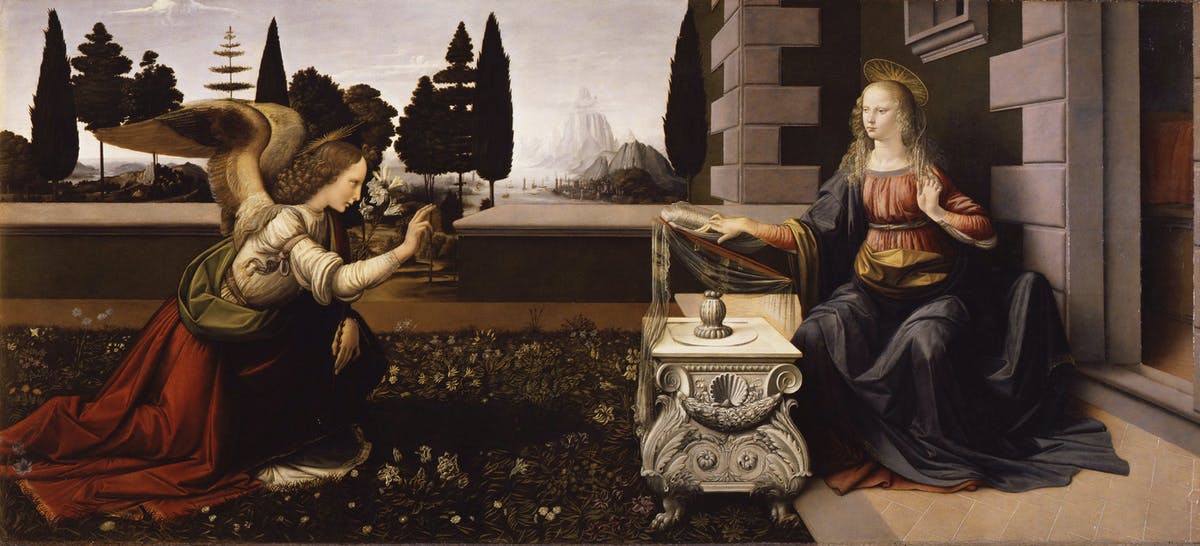A journey into the heart of the Renaissance, that’s what tourists find out visiting Uffizi Gallery. A 16th-century building located in the historical centre of Florence which hosts some of the most important masterpieces of the history of our Country, including Maestà di S.Trìnita by Cimabue, La Nascita di Venere (The Birth of Venus) by Botticelli and Doppio ritratto dei Duchi di Urbino (Double portraits of the Dukes of Urbino) by Piero della Francesca. Many of these works are well known as reminiscences of middle and high school programs of art history or because they are often shown on the gadgets of many touristic shops. Uffizi Gallery hides also anecdotes and curiosities, details that are unfamiliar to the most, but so important to tell a lot about the works and the Palace.
Anecdotes and curiosities about Uffizi Gallery
Starting from the beginning of the Uffizi Gallery’s history. Today the gallery is known all over the world as a “collector” of beauty and artistic craftsmanship, but it wasn’t always like that. The Uffizi building rises on the ruins of an ancient harbour slum called Baldracca, characterized by the presence of council houses, taverns and, above all, brothels. The name of the quartier, so vulgar, came from the most busy club on those days, where prostitution was the main activity.
Now let’s move on the works hosted into this wonderful museum. The first interesting topic concerns one of the most famous paintings in the world, The Birth of Venus. The goddess, completely naked, is pure white, as immaculate, instead of pink as it should have been. That’s because of the censor. Portraying bare female bodies was hazardous at the time of Papal States, so the author decided to take inspiration from a Greek statue leaving the colouring unchanged to avoid sentences and any sort of criticism. The face, looking less pale, belonged to the most beautiful woman in Florence at that time, Simonetta Bertucci.

“L’annunciazione (Annunciation)” by Leonardo da Vinci of course finds its place within Uffizi Gallery. A painting that emphasizes the extraordinary abilities of the Tuscan genius but also his human nature. The painting indeed shows minor errors. We don’t know if done on purpose or by pure choice.
The first error is a prospective one. The Virgin Mary has the right arm longer than the left one, while the second error concerns the proportion of her legs, that appear to be slightly shorter than the bust. Finally, a note: at first glance the Virgin seems to have three legs but, of course, it’s not the case. Some experts, such as the painter Alberto Cottignoli, claim that the third leg could have been introduced as a representation of Mary’s acceptance movement, while other experts argue that it might be a perspective error which was later “adjusted” and passed it off as an arm of the chair on which she was sitting.
The mystery keeps going on but it certainly will not affect the beauty and magnificence of this historical and artistic place.


